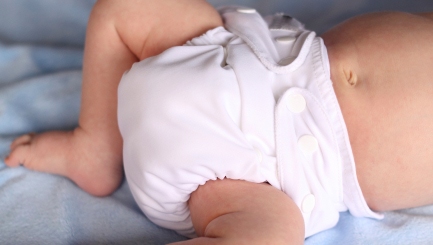What You Need To Know About Nappy Rash
 The term nappy rash is used to describe a variety of different skin conditions that can affect your baby. It can appear at any time during your baby’s experience of wearing a nappy but is most common just after your baby has been introduced to solid foods. This is because your baby’s stool can become more diverse which can irritate sensitive skin. It can also occur when urine accumulates in the nappy. This is due to ammonia in the urine which is one of the worst irritants for skin. There is good news, however, as nappy rash can be treated safely and effectively at home.
The term nappy rash is used to describe a variety of different skin conditions that can affect your baby. It can appear at any time during your baby’s experience of wearing a nappy but is most common just after your baby has been introduced to solid foods. This is because your baby’s stool can become more diverse which can irritate sensitive skin. It can also occur when urine accumulates in the nappy. This is due to ammonia in the urine which is one of the worst irritants for skin. There is good news, however, as nappy rash can be treated safely and effectively at home.
Types of nappy rash
Chafing dermatitis is the most common form of nappy rash. It is caused by friction from the nappy rubbing against the skin and will probably cause only a little discomfort, as long as it is not irritated by any other infection.
Unlike chafing dermatitis, candidal dermatitis begins in the protected folds of the skin and is caused by yeast. The rash is red and very uncomfortable, and most nappy rashes will turn into candidal dermatitis if they are not treated within 72 hours. Your baby can also be bothered by an allergic reaction.
Prevention is important
The best and most effective way of treating nappy rash is to prevent it from happening in the first place. This isn’t always possible but there are a number of steps that you can take which will make it most likely that your baby will avoid getting a rash.
The most important step is to keep the nappy area dry and clean by changing the nappy regularly. As you introduce new fluids to your baby’s diet, keep track of how much they are drinking so that you can predict how often they’ll need a nappy change.


Comments are closed.